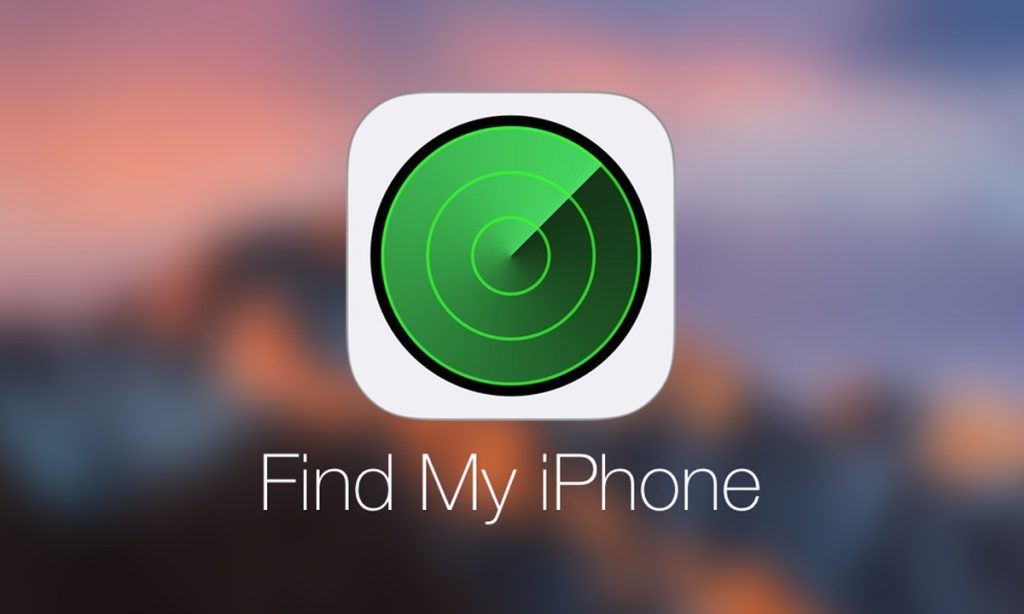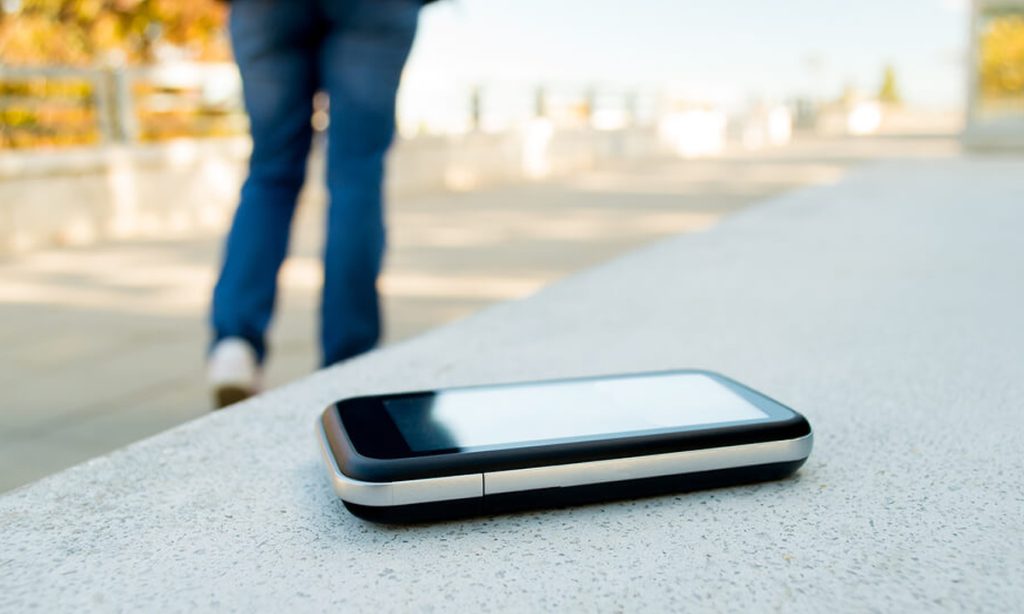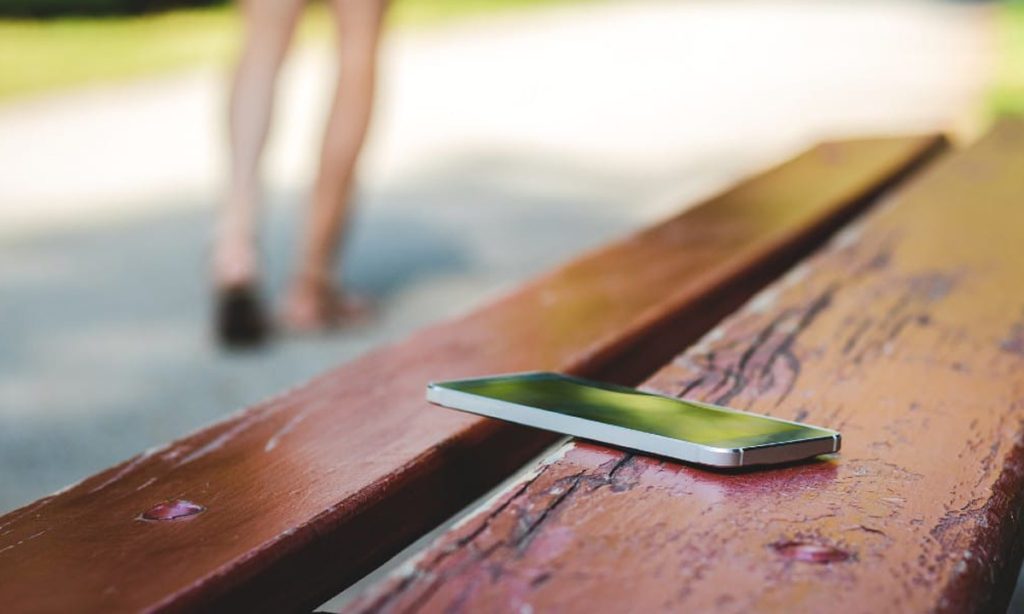Losing your cell phone is a huge inconvenience, to say the least—it’s like temporarily losing your grip on life. Suddenly, you’re cut off from friends, family, and colleagues. And let’s not forget all the personal and sensitive info stored on that tiny device! It’s more than just the numbers and messages; it’s your photos, apps, and maybe even passwords. If your phone goes missing and it’s turned off, finding it becomes extremely important—not just to get back in the loop but to protect your personal details. Locating that lost phone is pretty much the top priority to keep your digital life secure and connected.
What to Expect When Your Phone is Turned Off
Locating a phone that is turned off raises many concerns and unique challenges, as most traditional tracking methods rely on the phone sending signals. When a phone is off, it doesn’t emit GPS, Wi-Fi, or mobile network signals, making it invisible to real-time tracking applications. However, there are still several strategies you can use to increase your chances of finding your phone.
First Steps To Take
Retrace Your Steps
Begin by calming down and thinking through the last place you used your phone. Try to visualize the places you’ve been and the activities you’ve been doing since you last had your phone. This can often jog your memory about where you might have left it.
Check Common Locations
Search through common areas where phones are lost most of the time. Check under cushions, in car seats, between furniture, in bathrooms, or in kitchen areas. Don’t forget to look at the bags, coats, and other items you have been using or wearing recently.
Use a Friend’s Phone to Call or Text
If you suspect the phone is just misplaced and possibly still powered on, use a friend’s phone to call or text your number. Listen for the ring or vibration in your immediate vicinity. If your phone is set to vibrate or silent, you might only hear a buzzing sound, so it’s important to be in a quiet setting when trying this.
Using Built-in Phone Tracking Services


Find My iPhone (iOS)
How It Works:
Find My iPhone helps locate your Apple devices even when they are offline. It uses the device’s last known location data to show its last active spot before it was turned off.
Steps to Use Find My iPhone:
- Go to iCloud.com or use the Find My iPhone app on another Apple device.
- Log in with your Apple ID and password.
- Select the device you want to locate from the list.
- View the map displaying the phone’s last known location.
- If possible, play a sound, activate Lost Mode, or erase the device remotely.
Find My Device (Android)
How It Works:
Google’s Find My Device service uses your device’s location data to help trace it. Similar to Apple’s service, it can show the last location before the device was turned off.
Steps to Use Find My Device:
- Visit the Find My Device website (android.com/find) or use the app from another Android device.
- Sign in with the Google account linked to your lost phone.
- Choose the lost device from the list of devices associated with your account.
- View the map for the last known location of your device.
- Use options to play a sound, secure the device, or erase the contents remotely if you believe it won’t be recovered.
By following these methods, you can increase your chances of finding a lost phone, even if it’s turned off. Stay tuned for more detailed steps and advanced methods in the following sections of this guide.
Using Third-Party Tracking Apps
Number Tracker Pro
Number Tracker Pro is a popular third-party application designed to help users track the location of their phones, even when traditional methods fail. While it is primarily effective when the phone is on, it can also provide last-seen locations and other important details when the phone is turned off.
Installation and Setup
To use Number Tracker Pro, you’ll need to have it installed on your phone before it goes missing. Installation typically involves downloading the app from your app store or Play Store, granting necessary permissions, and setting up an account that will be used to track the phone from other devices.


How to Use These Apps to Locate a Turned-Off Phone
- Access Number Tracker Pro from another device by logging into your account.
- Using their geolocation services, you can share your location with your loved ones and navigate to the dashboard to see the last known location on your phone.
- If available, check the timeline for any recorded locations prior to the phone turning off.
- Use the app’s additional features to potentially trigger notifications or actions on the phone when it turns back on.
Find Your Mac
Losing your phone can be intimidating. Knowing that the data will be lost and might fall into the wrong hands can put even the best in panic mode. Similarly, there are times when you need to access your Mac for some reason, maybe for work or urgent personal matters, but you are not close to it. Perhaps you are traveling or leaving your laptop in the office. It’s not as serious as losing your phone so be relaxed.
There are ways to access a remote desktop for Mac and all of them are simple. Secure shell (SSH), third-party access, and remote desktops are the most popular ways. Using third-party apps is at the top because it allows you to access the system remotely and offers additional features to make your work easy. Remote work is a norm these days and the sudden need to access Mac is commonplace. All in all, without worrying or panicking, try the idea to remotely access the computer. It will work out easily and you will be able to work uninterruptedly.
How Your Mobile Carrier Can Help
Mobile carriers can assist in the recovery of a lost phone by using their network resources. They can locate phones using cell tower triangulation, which can provide a general area of where the phone might be if it was recently turned on.
Steps to Contact Your Carrier
- Contact your carrier’s customer service via phone or their official website.
- Verify your identity with the customer service representative to ensure the security of your account.
- Request assistance in locating your lost phone.
What Information You Will Need
- Your account number or mobile number.
- The IMEI number(which is a 15-digit serial number of your device) of the lost phone is crucial for identification.
- Any recent activity details that might help pinpoint the device’s last location?
Check Location History
Using Google Location History
Google Location History uses your account’s location data to provide a detailed map of where your device has been.
How to Access and Interpret Location Data:
- Visit the Google Maps Timeline website.
- Sign in with the Google account linked to your lost phone.
- Navigate through the calendar to see the recorded locations on the days leading up to the loss.
- Analyze the locations to trace back your steps and possibly pinpoint where you might have left the phone.
Using Apple Location History
Apple’s Significant Locations is a feature that keeps track of places you frequently visit.
How to Access and Interpret Location Data:
- On another iOS device, go to Settings > Privacy > Location Services > System Services > Significant Locations.
- Log in with your Apple ID associated with the lost device.
- Review the list of locations to determine possible places where the phone could be.
By leveraging these additional tools and resources, you enhance your ability to locate a lost phone that is turned off, potentially saving you time, money, and safeguarding your personal data. Stay tuned for the concluding part of this guide which will cover more advanced recovery tips.
Using Smart Home Devices
How Smart Home Devices Can Assist in Locating Your Phone
Smart home devices, such as voice assistants and connected home hubs, can play an important role in finding a lost phone. These devices can use commands that may cause your phone to make sounds or even send its last known location before it was turned off.
Steps to Use Smart Home Devices for Phone Tracking
- Use a voice command on your smart home device (like Google Home or Amazon Echo) to ask your phone to ring or play a sound. For example, you can say, “Hey Google, find my phone,” or “Alexa, call my phone.”
- If your smart home system is set up to log device activity, check the logs to see if there was any recent activity that could indicate the location of your phone.
Report to Authorities
When to Report a Lost Phone to Authorities
Consider reporting your lost phone to the authorities if you believe it was stolen or if it contains sensitive information that could lead to identity theft or other serious issues.
How to File a Report
- Visit your local police station or call the non-emergency number to file a report.
- Provide them with all the necessary details about the phone and the circumstances in which it was lost.
Information to Provide
- Description of the phone (model, color, and any distinctive case or features).
- Last known location and time.
- IMEI number, which is crucial for identifying the device.
- Your personal information and a contact number from which they can reach you.


Preventive Measures for the Future
Setting Up Tracking Services
- Ensure that location tracking services like Find My iPhone or Google’s Find My Device are activated on your phone and shared with a loved one.
- Consider reliable third-party tracking apps for additional tracking capabilities.
Enabling Additional Security Features
- Use biometric locks and strong passwords to secure your device.
- Activate features like remote lock and wipe to protect your data in case your phone is lost or stolen.
Regular Backups and Data Security
- Regularly back up your phone’s data to the cloud or an external drive. Make sure you invest in extra cloud storage for situations like this.
- Use encryption and secure cloud services to protect your personal information.
Take Preventive Measures
It’s important to take proactive steps to secure and prepare your devices against loss. By setting up proper tracking, security measures, and regular backups, you can protect your device and data, minimizing the impact of a lost or stolen phone in the Future. Remember, prevention is always better than the cure.